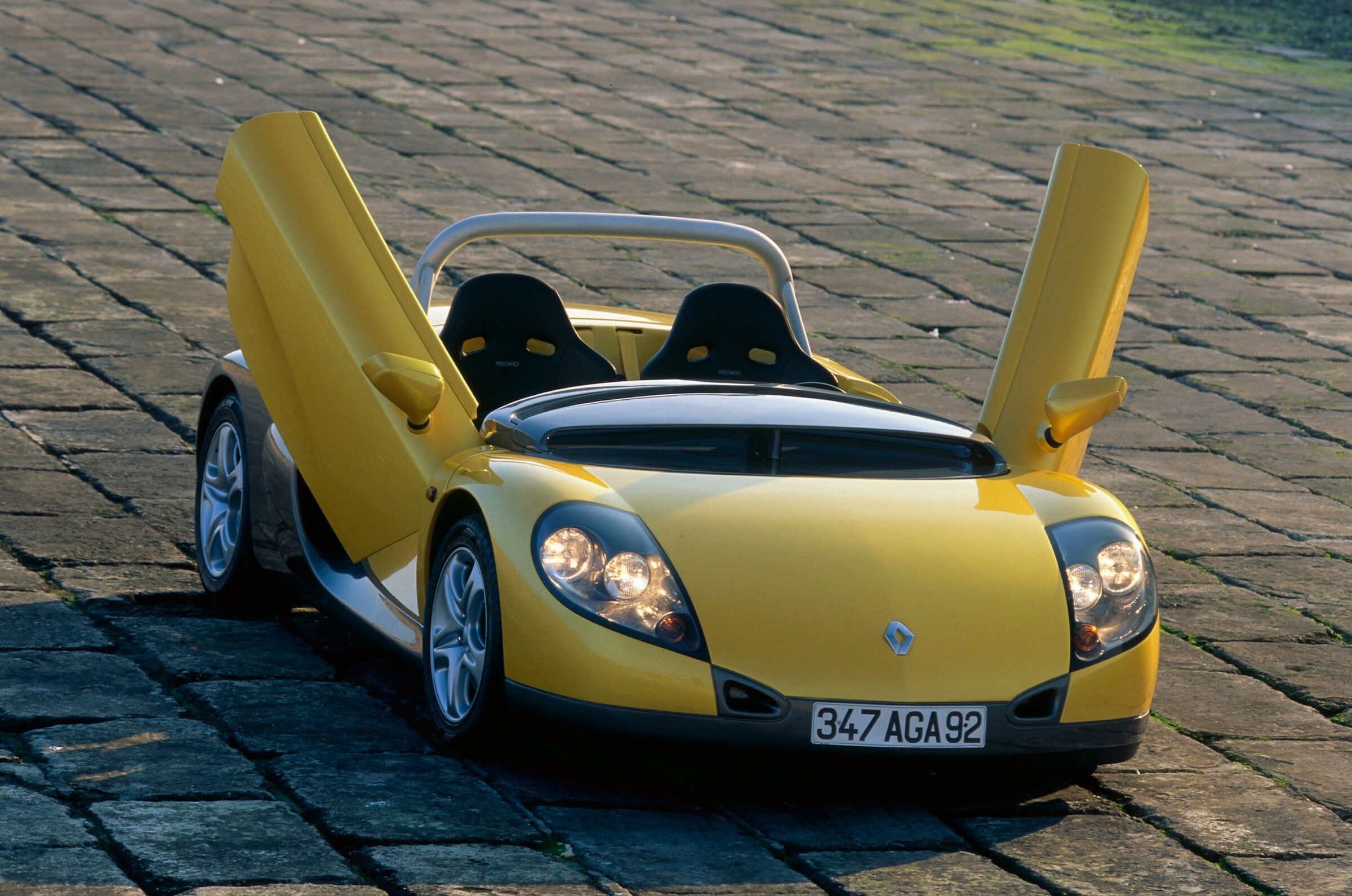30 Years of Jaguar XJR-15
In November 1990, Jaguar and TWR (Tom Walkinshaw Racing) presented a new supercar that was to transfer the racing successes of the jointy developed Group C racing cars to the road. The joint subsidiary Jaguar Sport was founded specifically for this purpose. Already during the relatively short development period, the idea of organising its own one-make cup, the Jaguar International Challenge, with the car christened XJR-15, was born. This was finally launched in 1991 as a support series for the Formula 1 World Championship. Only three rounds in Monaco, Silverstone and Spa-Francorchamps ever took place.
TWR first considered this street sports car as early as 1988, shortly after the Le Mans victory with the XJR-9, which also served as the technical basis. Around the slightly enlarged monocoque a body made of carbon and aramid fibres was created, the design of which was taken over by the later designer of the McLaren F1, Peter Stevens. Tony Southgate then went on to do the aerodynamic fine-tuning of models and finally a full-size prototype in the wind tunnel. The adjustable rear wing was also created in this process. After the Le Mans race in 1990, the first pre-series car was ready for road testing. In contrast to the XJ220, which was developed at the same time at Jaguar, Tom Walkinshaw attached great importance to a true racing car for the road, which was also demanded by his customers. These included the Sultan of Brunei and, above all, racing drivers such as Vern Schuppan, Armin Hahne, Bob Wollek and Derek Warwick, but also music producer Matt Aitken.






Behind the two passengers, who take their seats in a very rudimentary cockpit with RHD, is a six-liter naturally aspirated V12 engine. This engine was also used in the XJR-9, but was a little domesticated for the XJR-15. Thus, 336 kW/457 hp and a maximum torque of 570 newtonmeters are available and accelerate the sports car from a standstill to 62 mph in 3.9 seconds and further to the topspeed of 186 mph. TWR specified an kerb weight of only 1,050 kilograms. At the front, the XJR-15 has wheels in 245/40 ZR 17 and at the rear in 335/35 ZR 18.
Originally TWR planned to produce 30 units, of which about half were intended for the one-make trophy and the other half for road registration. In Great Britain, this registration was carried out by individual approval, because with this low production number, a general type approval would have been too expensive. Due to high customer interest, a total of 50 units were finally produced by 1992. Among them were five XJR-15 LM with a V12 engine enlarged to 7.4-liters and 522 kW/710 hp. Visually, this variant differed from the normal XJR-15 by, among other things, a new front spoiler lip, a roof air scoop and a larger rear wing. All five LMs were originally sold to customers in Japan.
Images: Jaguar




